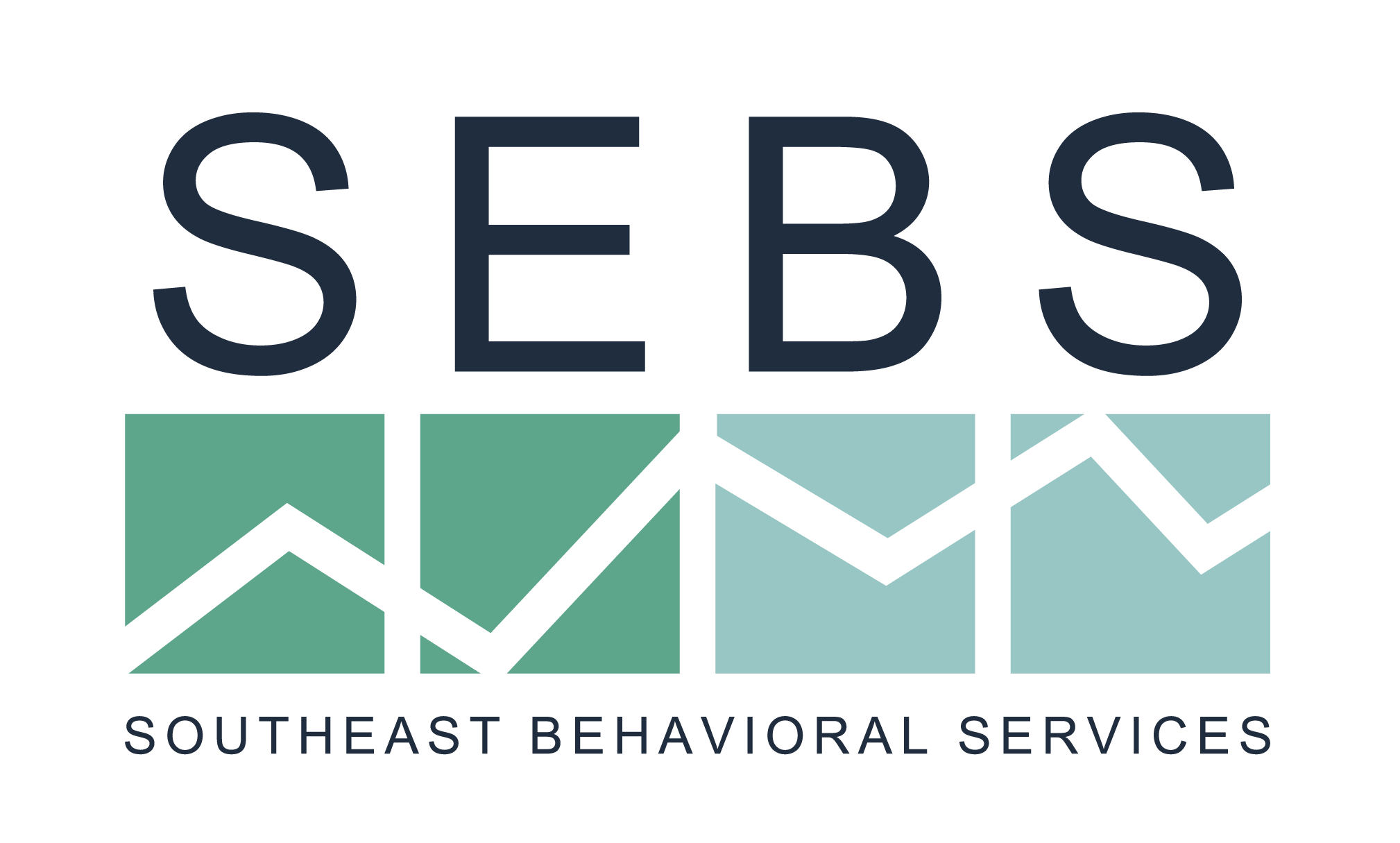ABA therapy is one of the most effective ways to support children with autism in building communication, daily living, and social skills. But here’s something many families don’t realize at first:
ABA is not just something that happens in a clinic a few times a week—it’s most powerful when parents are part of the process.
Your involvement as a parent or caregiver can make a dramatic difference in your child’s success, both during therapy sessions and in daily life. Let’s break down why your participation matters and how you can play an active role in your child’s progress.
Why Parent Involvement Matters
Children learn best when their environment is predictable and consistent—and that means the strategies used during ABA therapy should carry over into the home, school, and community.
When parents reinforce the same skills and strategies outside of therapy, children:
- Learn faster
- Generalize skills across different settings
- Feel more confident and supported
In fact, research shows that parent involvement in ABA leads to stronger long-term outcomes, especially when families are trained to use the same language, prompts, and reinforcement their therapists use.
What Is Parent Training in ABA?
ABA providers often offer parent training or caregiver coaching as part of their services. This isn’t about turning you into a therapist—it’s about giving you tools and strategies to help your child thrive at home.
Parent training may include:
- Understanding your child’s behavior and what causes it
- Learning how to give effective instructions
- Using positive reinforcement to encourage good behavior
- Responding consistently to challenging behaviors
- Practicing new skills like communication, toileting, or transitions
Sessions are usually guided by a Board Certified Behavior Analyst (BCBA) who works with you one-on-one, often reviewing real situations in your home life and helping you develop a plan that works for your family.
Simple Ways to Reinforce ABA at Home
Even small changes in your day-to-day routine can support your child’s growth. Here are a few simple strategies families in [City] often start with:
1. Use the Same Prompts
If your therapist uses visual cues, gestures, or step-by-step instructions, try using those at home. For example, if your child is learning to wash hands, say and do it the same way each time: “Turn on water, soap, scrub, rinse, dry.”
2. Offer Consistent Praise
Reinforce the behaviors you want to see more of. Be specific! Say things like, “I love how you asked for help with your words!” or “Great job putting your shoes on all by yourself!”
3. Stick to Routines
ABA works best in a structured, predictable environment. Keep meal times, bedtimes, and transitions consistent whenever possible.
4. Ask Questions and Stay Involved
You know your child best. Ask your therapy team for weekly updates, strategies, and ways to get involved. Most clinics welcome parent input and love to hear about successes or challenges at home.
Real-Life Example
Take the example of a local [City] parent named Lisa. Her son, Jordan, was receiving ABA therapy for language delays and aggressive outbursts. After a few weeks, her BCBA invited her to a parent training session.
They worked together on a behavior plan for transitions—something Jordan really struggled with. Lisa began practicing simple countdowns before changing activities, using a visual schedule, and praising him when he followed the plan.
Within two weeks, Jordan went from throwing tantrums every morning before school to calmly putting on his backpack when he saw “bus time” on his chart.
The difference? Consistency between home and therapy.
You Are the Key to Progress
Therapists may spend a few hours a week with your child—but you are with them every day. By learning a few core ABA strategies, you can:
- Build stronger routines
- Reduce meltdowns and frustration
- Feel more confident in supporting your child
- Strengthen your connection through shared success


0 Comments